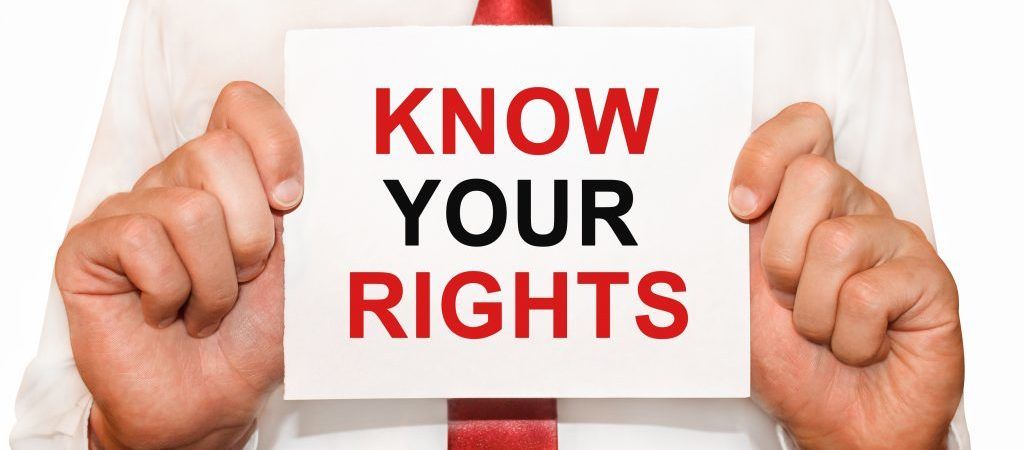What Rights Do Copyright Owners Have?
Under U.S. copyright law, creators are granted a number of exclusive rights that, together, comprise the bundle of rights known as copyright.
These rights include:
- 1. The right to reproduce works. The reproduction right grants the copyright owner the ability to control the making of a copy of the work. It is arguably the most important of the rights as it is implicated in most copyright infringement disputes. Some examples of activities that implicate the reproduction right include pasting a news article into an email, photocopying a magazine, uploading movies or music to a website, copying a computer program or a document onto a PC, scanning or digitizing printed text or images into a digital file, or right clicking on an online photograph or other image to copy it or save it to a PC. If these types of activities are not authorized or otherwise allowed by the law, for instance under the fair use exception, they may infringe the copyright owner’s reproduction right(s).
- 2. The right to create derivative works like sequels, spin-offs, translations, and other forms of adaptation. The derivative work right grants the copyright owner the ability to control the transformation of their works into new works. Transformations can include annotating, editing, translating, modifying or making other types of changes to the work. Some examples of activities that implicate this right include translating a book, transforming a novel or screenplay into a motion picture, or creating an updated version of an existing computer program.
- 3. The distribution right grants the copyright owner the ability to control the manner in which a work or a copy of a work is transferred to others, whether by sale, rental, lease, or lending. This right allows the copyright holder to not only prevent the distribution of unauthorized (i.e., infringing) copies of a work, but also allows the copyright holder to control the unauthorized distribution of authorized copies (subject to a limitation commonly referred to as first sale exception). Some activities that implicate the distribution right include copying a news article and pasting it into an email that you send to colleagues, uploading a music file to a website, or renting of software or sound recordings.
- 4. The public performance right grants the copyright owner the ability to control the manner in which a work is publicly performed. A performance is considered “public” when the work is: (i) performed in a place open to the public, (ii) performed at a place where a substantial number of persons outside of a normal circle of a family and its social acquaintances are gathered, or (ii) is transmitted to multiple locations. The performance right applies to all works that can be performed, except for sound recordings. Some activities that implicate the public performance right include showing a motion picture in a public area or streaming movies, sports events, concerts or music over the internet.
- 5. In a similar way, authors have the exclusive right to control the public display of works that can be displayed–like photographs or graphic designs. This right can also include displaying a literary work on a web page or displaying a single image from a TV show or motion picture. The public display right is similar to the public performance right, except that this right applies to the display of a work as opposed to its performance. However, the right does not prevent the owner of a lawfully owned copy from displaying the copy to people who are present where the copy is located.
- 6. Owners of rights in sound recordings have the exclusive right of public performance by means of digital transmission. This enables, for instance, sound recording owners to license their work to streaming music services. This right only applies to sound recordings. Unlike other copyright owners (who are covered by the performance right (discussed above)), copyright owners of sound recording get a much more limited performance right – the right to publicly perform the sound recording only when the performance occurs by means of a digital audio transmission.
A single unauthorized use of a work can potentially infringe more than one exclusive right. For example, uploading an MP3 file of a song to a website without permission would infringe both the reproduction and the distribution rights.
Each of these rights are subject to certain limitations and exceptions that may significantly limit the application or enforceability of these rights.
Photo Credit: Michail_Petrov-96/iStock/thinkstock

